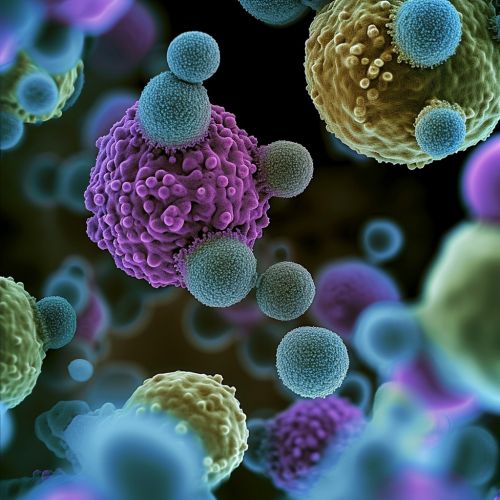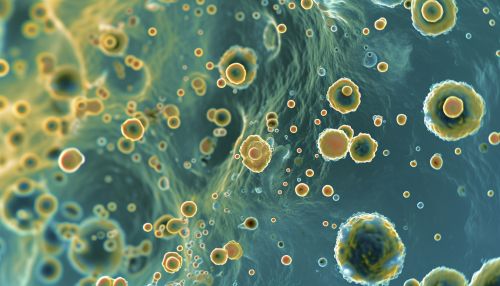Chemolithotrophs
Overview
Chemolithotrophs are a diverse group of organisms that obtain energy by oxidizing inorganic substances. These organisms are primarily bacteria and archaea, although some eukaryotes also exhibit chemolithotrophic behavior. Unlike phototrophs, which derive energy from sunlight, or heterotrophs, which derive energy from organic compounds, chemolithotrophs rely on inorganic compounds for their energy needs. This unique metabolic capability allows chemolithotrophs to inhabit extreme environments where other organisms cannot survive.


Classification
Chemolithotrophs are classified based on the type of inorganic substance they oxidize. The major groups include sulfur-oxidizing bacteria, iron-oxidizing bacteria, and hydrogen-oxidizing bacteria. Each group is further divided into several genera and species. For instance, the sulfur-oxidizing bacteria include the genera Thiobacillus, Beggiatoa, and Thiomicrospira, among others.
Metabolism
Chemolithotrophic metabolism involves the oxidation of inorganic compounds to derive energy. This process is often coupled with the reduction of carbon dioxide to form organic compounds, a process known as autotrophy. The specific inorganic compound oxidized varies among different chemolithotrophs, as does the electron acceptor used in the process. Common electron acceptors include oxygen, nitrate, and sulfate.
Ecological Role
Chemolithotrophs play a crucial role in various biogeochemical cycles, including the sulfur cycle, the nitrogen cycle, and the iron cycle. By oxidizing inorganic compounds, chemolithotrophs help to recycle these elements in the environment. Additionally, chemolithotrophs contribute to the primary productivity of many ecosystems, particularly in extreme environments where other organisms cannot survive.
Industrial Applications
Chemolithotrophs have several industrial applications. For instance, sulfur-oxidizing bacteria are used in the desulfurization of fossil fuels, a process that helps to reduce the emission of sulfur dioxide, a major air pollutant. Iron-oxidizing bacteria are used in the bioleaching of ores, a process that helps to extract valuable metals from ores. Hydrogen-oxidizing bacteria are used in the production of biohydrogen, a potential renewable energy source.
